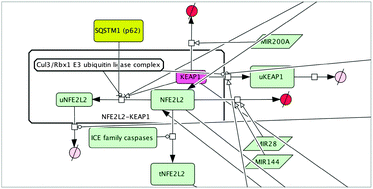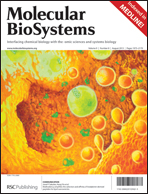Experimental evidence suggests an immense variety of processes associated with and aimed at producing reactive oxygen and/or nitrogen species. Clinical studies implicate an enormous range of pathologies associated with reactive oxygen/nitrogen species metabolism deregulation, particularly oxidative stress. Recent advances in biochemistry, proteomics and molecular biology/biophysics of cells suggest oxidative stress to be an endpoint of complex dysregulation events of conjugated pathways consolidated under the term, proposed here, “oxidative status”. The oxidative status concept, in order to allow for novel diagnostic and therapeutic approaches, requires elaboration of a new logic system comprehending all the features, versatility and complexity of cellular pro- and antioxidative components of different nature. We have developed a curated and regularly updated interactive interactome map of human cellular-level oxidative status allowing for systematization of the related most up-to-date experimental data. A total of more than 600 papers were selected for the initial creation of the map. The map comprises more than 300 individual factors with respective interactions, all subdivided hierarchically for logical analysis purposes. The pilot application of the interactome map suggested several points for further development of oxidative status-based technologies.

You have access to this article
 Please wait while we load your content...
Something went wrong. Try again?
Please wait while we load your content...
Something went wrong. Try again?


 Please wait while we load your content...
Please wait while we load your content...